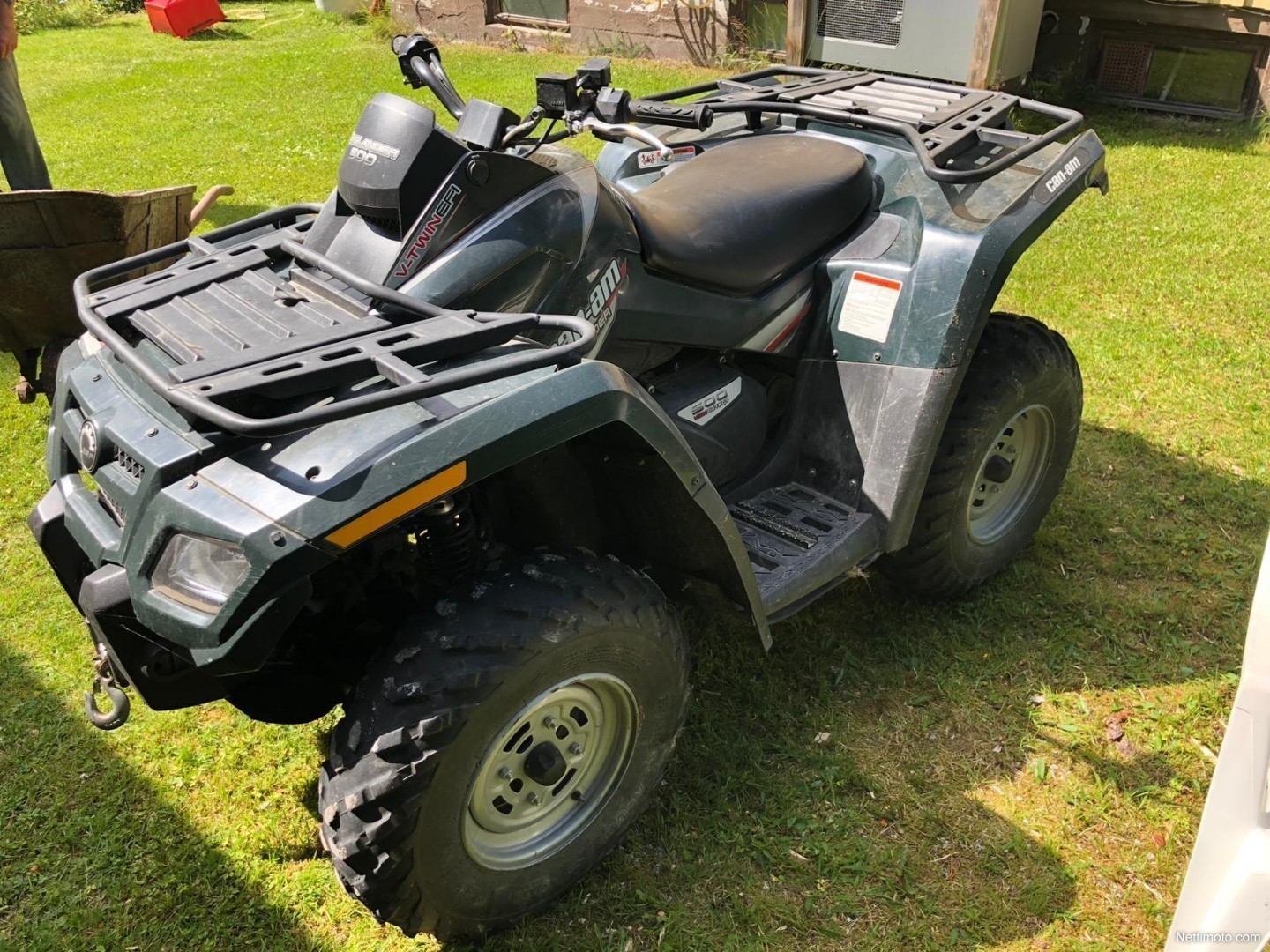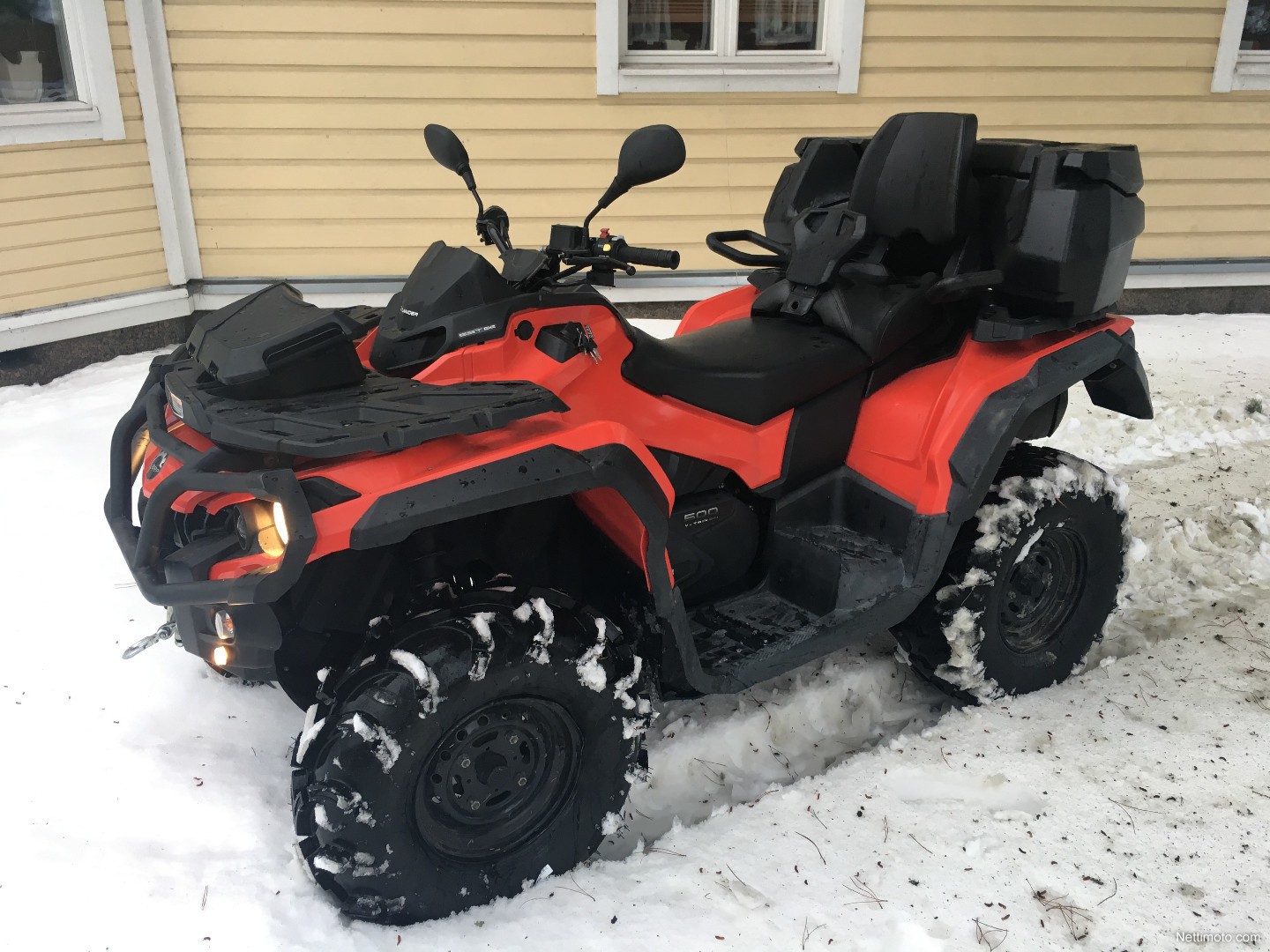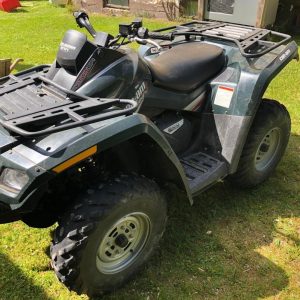Contents
Can Am Outlander 500 Top Speed

Executive Summary

The Can Am Outlander 500 is a popular ATV renowned for its power and versatility. Its top speed is a key factor for many riders, influencing both performance and safety. This article will delve into the intricacies of the Outlander 500’s top speed, exploring factors that influence it, common myths, and practical advice to maximize your riding experience.

Introduction
The Can Am Outlander 500 is a robust ATV capable of tackling various terrains. Its top speed is often a subject of curiosity among riders, especially those looking for a machine that can keep up with the demands of off-road adventures. Understanding the factors that affect the Outlander 500’s top speed is crucial for both safety and performance. This article will shed light on the critical elements that influence this aspect, enabling you to make informed decisions and optimize your riding experience.
Frequently Asked Questions
- What is the stock top speed of the Can Am Outlander 500? The stock top speed of the Can Am Outlander 500 can vary depending on the model year and specific configuration. Generally, it’s around 60-65 mph, but modifications and conditions can significantly impact this.
- How can I increase the top speed of my Outlander 500? While modifying your ATV to achieve higher speeds might be tempting, it’s crucial to remember that safety should always be paramount. Consider professional tuning, exhaust upgrades, and proper maintenance.
- Is it safe to ride the Outlander 500 at its top speed? Riding any ATV at its top speed can be risky, especially on rough terrain. It’s essential to prioritize safety, wear protective gear, and maintain awareness of your surroundings.
Factors Affecting Top Speed
The Can Am Outlander 500’s top speed is influenced by a range of factors, each playing a critical role in determining how fast the ATV can go. Understanding these factors is essential for making informed decisions about your riding style and maximizing the performance of your machine.
- Engine Performance: The Outlander 500’s engine size and power output are primary determinants of its top speed. The engine’s horsepower and torque directly impact acceleration and sustained speed.
- Higher Horsepower: A more powerful engine with higher horsepower will generally result in faster top speeds.
- Efficient Fuel Injection: Advanced fuel injection systems optimize fuel delivery, enhancing engine performance and maximizing speed.
- Proper Tune-Up: Regular maintenance and tune-ups ensure optimal engine performance, contributing to increased top speed.
- Exhaust Upgrades: Modifying the exhaust system, such as installing an aftermarket exhaust, can increase horsepower and potentially boost top speed. However, it’s crucial to ensure compatibility and legal compliance.
- Transmission: The transmission plays a vital role in transferring engine power to the wheels. A properly functioning transmission ensures smooth gear changes and optimal power delivery.
- Gear Ratios: Specific gear ratios in the transmission influence the overall speed range of the ATV.
- Clutch System: The clutch system connects the engine to the transmission, ensuring efficient power transfer. Proper maintenance and adjustments are crucial for smooth operation.
- Chain Tension: The chain connecting the engine to the rear wheel should be maintained at the correct tension. A loose chain can lead to slippage and reduced power transfer.
- Tires and Weight: The tires chosen for your Outlander 500 play a crucial role in its top speed. The size, tread pattern, and air pressure can all affect performance.
- Tire Size: Larger tires can increase ground clearance but may impact acceleration and top speed due to increased rolling resistance.
- Tread Pattern: Aggressive tread patterns designed for off-roading can increase traction but also create more rolling resistance, potentially affecting top speed.
- Tire Pressure: Maintaining optimal tire pressure is crucial. Overinflation can cause a bumpy ride and reduced traction, while underinflation can lead to excessive wear and tear.
- Additional Weight: Excess weight on the ATV, whether from accessories or cargo, will reduce its acceleration and top speed.
- Aerodynamics: While often overlooked in ATVs, aerodynamics can play a small role in influencing top speed.
- Wind Resistance: The ATV’s shape and design create wind resistance. A more streamlined design can help reduce wind drag and potentially increase top speed.
- Windshield: A windshield can offer protection from the elements but may increase wind resistance, slightly affecting top speed.
- Terrain and Conditions: The terrain and environmental conditions can significantly influence the Outlander 500’s achievable speed.
- Terrain: Rough terrain, steep inclines, and loose surfaces can drastically reduce the ATV’s top speed.
- Weather: Strong winds, heavy rain, or snow can increase wind resistance and reduce traction, impacting performance.
- Altitude: Higher altitudes can reduce engine power due to thinner air, potentially affecting top speed.
Myths About Top Speed
Misinformation about the Can Am Outlander 500’s top speed is common. Here are a few prevalent myths and the truth behind them:
- Myth: The stock Outlander 500 can easily exceed 70 mph.
- Truth: While some modifications might allow for higher speeds, the stock top speed is typically around 60-65 mph. It’s crucial to remember that safety should always be a priority, and exceeding the manufacturer’s recommendations can be dangerous.
- Myth: Adding a larger engine will significantly increase top speed.
- Truth: While a larger engine can boost power, other factors like transmission gearing, tire size, and overall weight play a role. Adding a larger engine might not lead to a significant jump in top speed unless other modifications are implemented.
- Myth: Removing the speed limiter will unlock the ATV’s full potential.
- Truth: Speed limiters are designed for safety reasons. Removing them can increase the risk of accidents. Focus on safe and responsible riding practices.
- Myth: A heavier rider will drastically reduce top speed.
- Truth: Weight does impact performance, but the effect on top speed is generally minimal. Focus on maintaining the ATV’s weight within the manufacturer’s recommendations for optimal performance.
Conclusion
The Can Am Outlander 500’s top speed is influenced by a complex interplay of factors, including engine performance, transmission, tires, aerodynamics, and terrain conditions. Understanding these factors is key to maximizing your riding experience while prioritizing safety. While modifications can be tempting, it’s crucial to remember that safety should always come first. Enjoy the power and versatility of the Outlander 500, but ride responsibly and within the limits of your skills and the machine’s capabilities.
Keywords:
- Can Am Outlander 500
- Top Speed
- ATV
- Performance
- Off-Road
